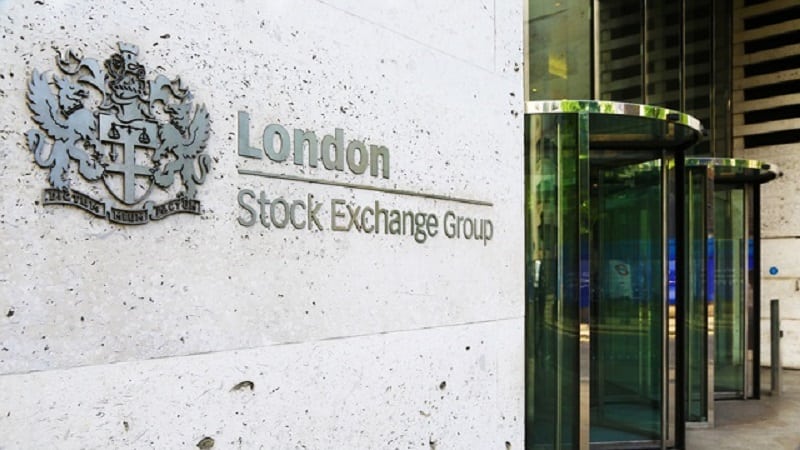Given the structure of the UK economy, it comes as no surprise that we run a large trade surplus in Services (we sell more than we buy). This is more than offset by a deficit in goods, however the overall trade position is actually a little better than it was a few years ago, with the UK running a trade deficit of c.2% GDP. So why has the current account deficit grown?
Aside from the trade balance, the other two components of the current account are the primary and secondary income balances. The latter covers payments such as foreign aid and transfers to the European Union. This balance is normally in deficit, since in essence these transactions represent money, goods or services given without the expectation of a return payment. The secondary income balance has deteriorated only very gradually in recent years.
It is the primary income balance which has deteriorated sharply and is responsible for the marked deterioration in the UK’s current account. There has been a sharp drop in the net income received on the UK’s overseas balance sheet. While the income from our assets overseas – interest, rent, dividends – used to exceed the income earned by foreign residents on their UK investments, now the position has reversed.
If sustained, this would suggest that, over time, the UK’s trade deficit will need to narrow to make up for the primary income deficit, which should act as a cap on potential sterling appreciation.










